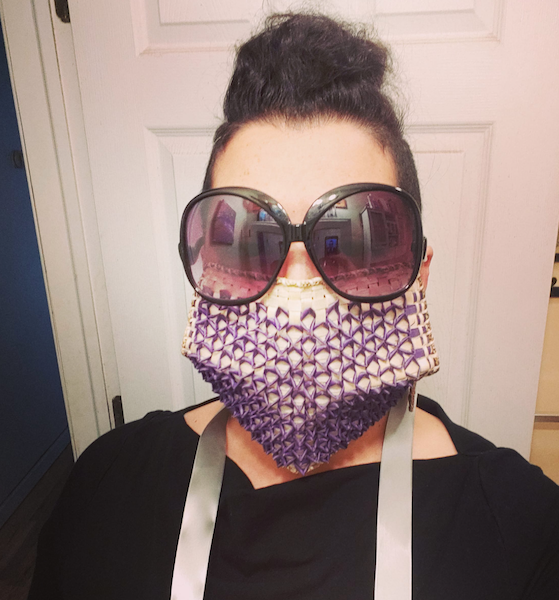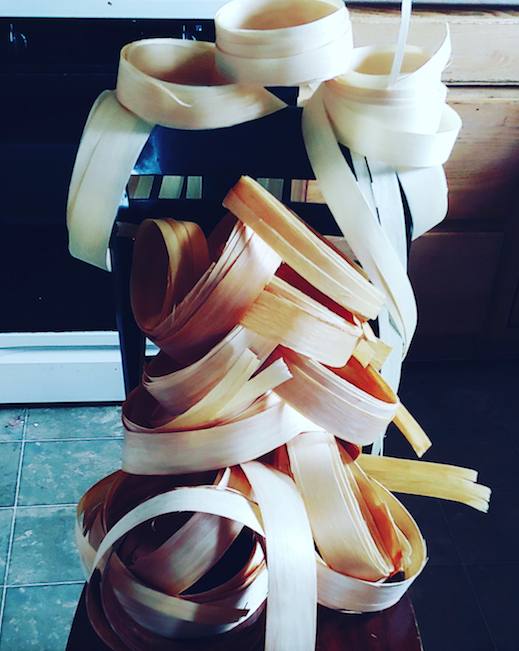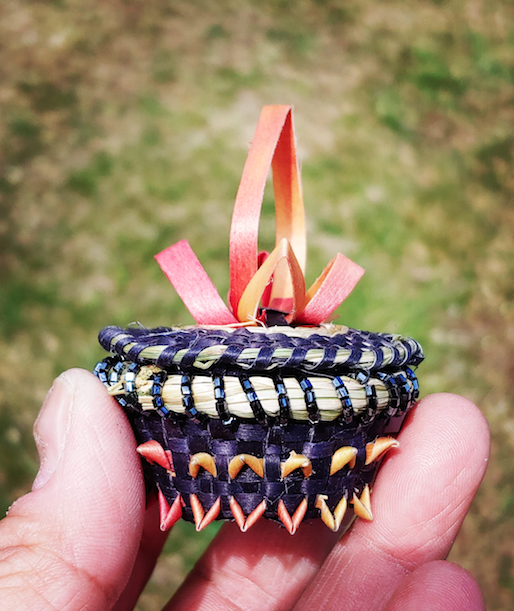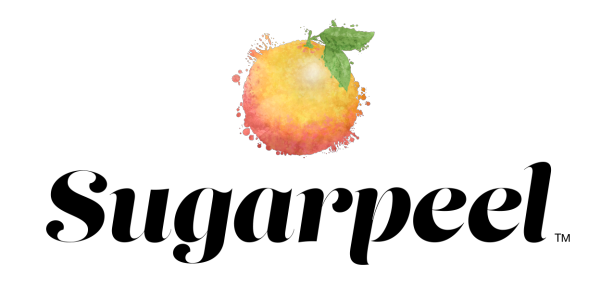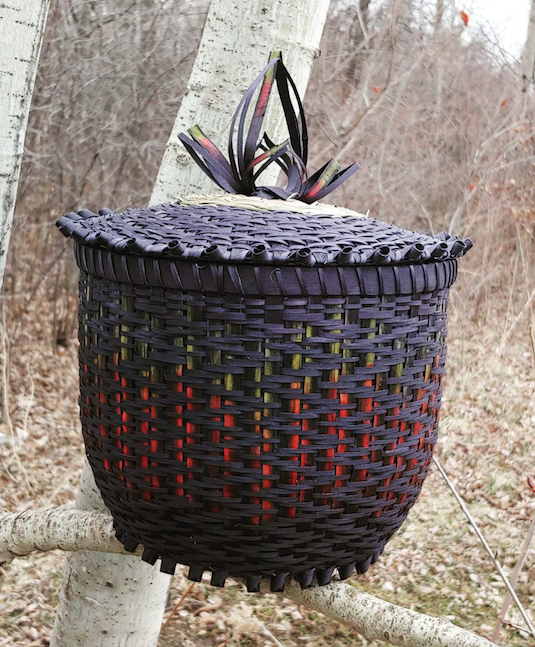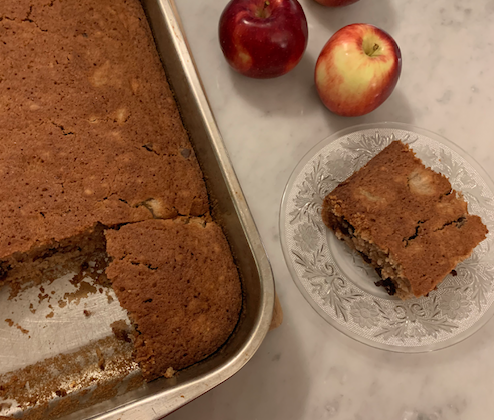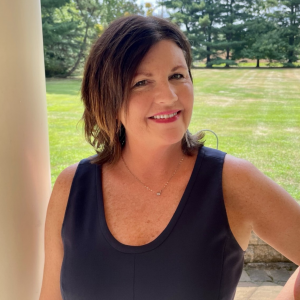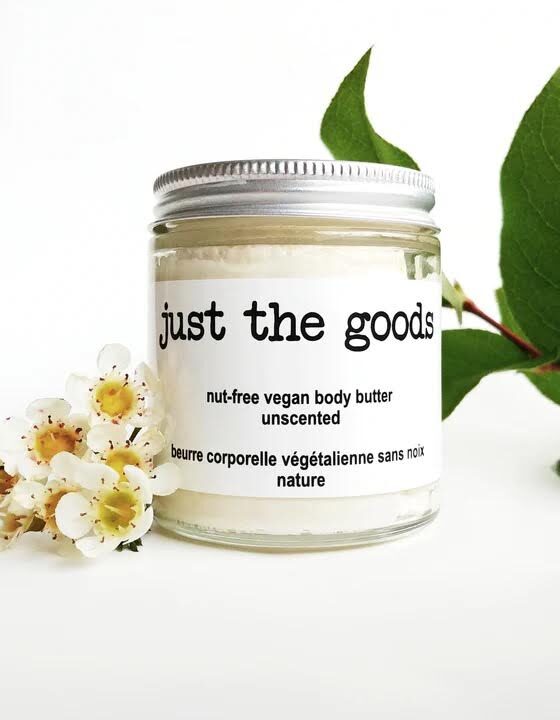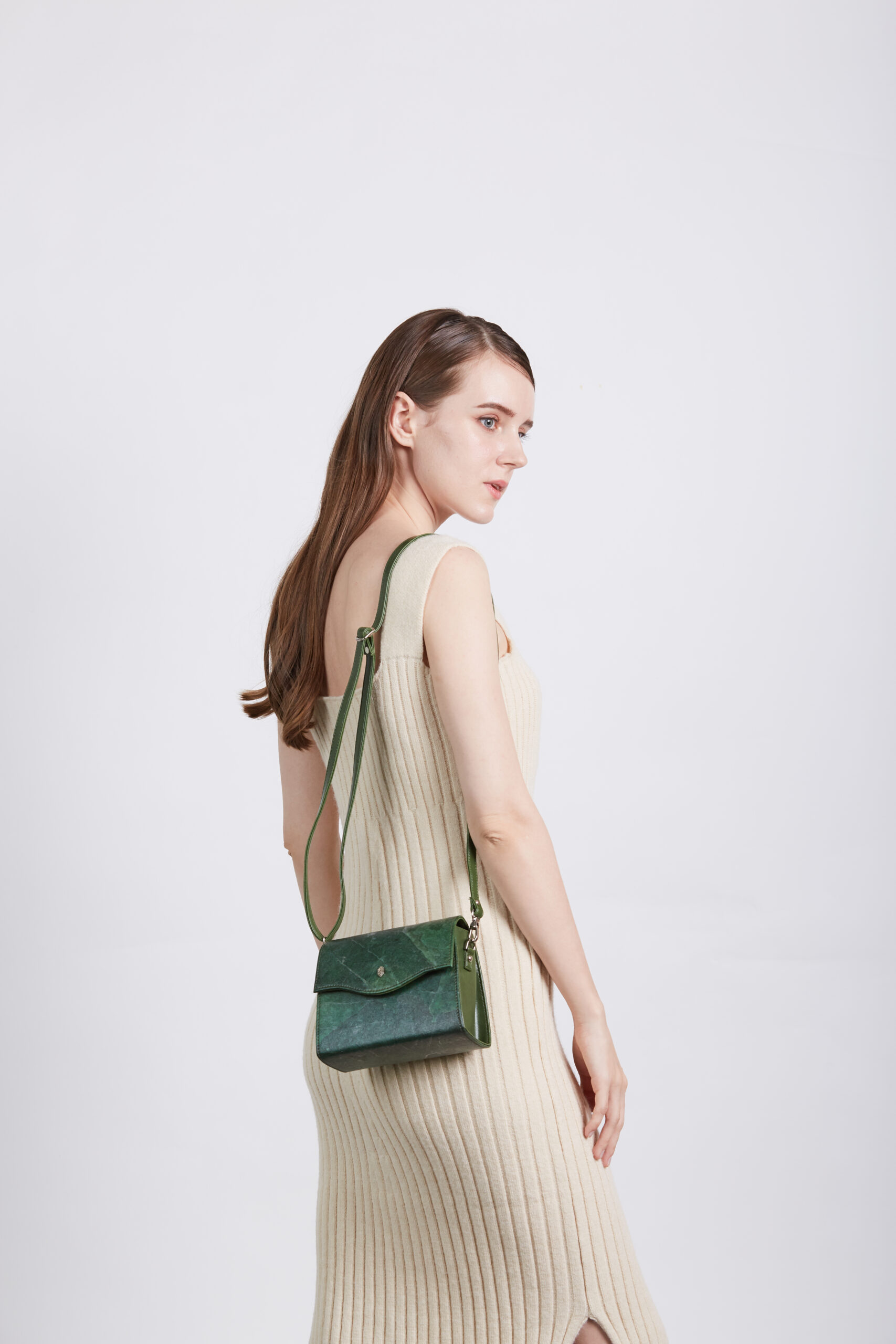Native American basket weaving is one of the oldest known forms of arts and crafts. The weaving techniques have been passed down and preserved through the generations, traditionally from mothers to daughters. Whether the baskets are intended for function like gathering wild berries or vibrantly decorated to give as a gift, the maker is highly skilled, integrating ancient techniques with their own creative style.
We had the opportunity to speak with Carrie Hill, a Haudenosaunee women from Akwesasne Mohawk Territory and owner of Chill Baskets. Chill Baskets respects Carries’s integral cultural ancestry while adding a contemporary approach to each piece of art.
1). Please tell me a little about your beginnings with basket making and the decision to create full time.
When I first started making baskets, I was fortunate to be a stay at home mother, but wanted something that was for myself. I remembered my aunts making baskets when I was younger, and asked my Aunt Laura to teach me. I would visit her house at night after my baby was asleep and she would show me the different techniques and weaves and how to prepare the materials. In the summer, she taught me how to harvest sweetgrass blade by blade.
Making baskets full time was a gradual process and not the initial goal. I was taking time off from work as a Pre-k Teacher’s Aide to demonstrate and teach basket making and decided that it was the right time to pursue permanently. Also, my husband came home with an orange Dodge Challenger, and for some reason, that was the push I needed. I submitted my two weeks notice and since then have been busier than I was with a full-time 9-5 job.
2). What was it like to have your collection represented in Swaziland, Africa?
It was an incredible honor! There are many fantastically skilled and creative basket makers here in Akwesasne, and I was asked to create a piece to represent New York, where the Ambassador Lisa Peterson is from. I did not want to create a cliché apple, and after much thought I decided to make a collection that honored the Haudenosaunee as well. Each lid of the baskets in the collection represents a different nation.
3). Could you discuss a little about your workshops and what they entail for those interested in learning this tradition?
The workshops lately are with local organizations and youth groups, such as summer programs with The Boys and Girls club in Akwesasne. I have also taught workshops at the local schools, elementary, middle school and the high school, which is exciting for me since I love to teach.
4). Are you able to continue workshops during the pandemic digitally?
I have taught three virtual classes since the pandemic started. It is definitely different, but I am an easily adaptable person. I have made adjustments to how and what I teach during these times.
5). What are some of your favorite creations?
One of my favorites is the “Danger Mask.” It was an individual commission. My inspiration was a dark color palette. The piece is fantastic and is now my profile picture on Facebook!
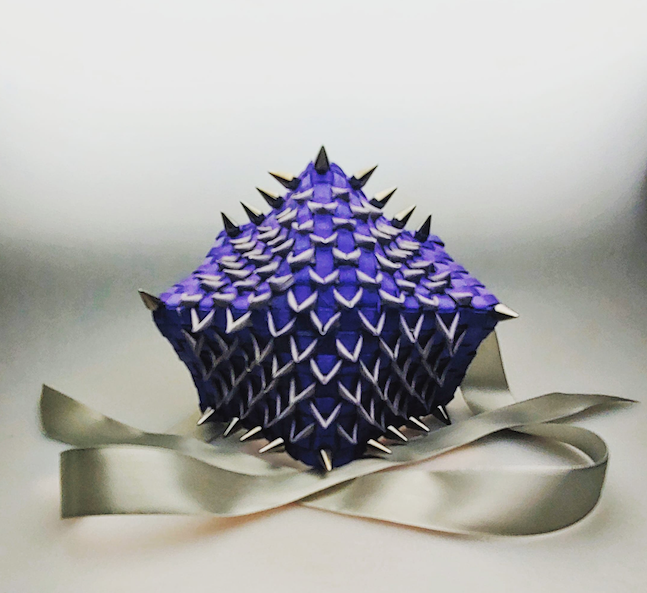
6). Where do you find inspiration for your pieces?
I find inspiration all around me. It could be the texture of the shirt I’m wearing, the way the colors of the flowers in the field blend together. It could be the calm pond while kayaking. Inspiration can be found through daydreaming. An idea pops in my head and I make it. Sometimes I am surprised at my creations. Sometimes I follow a plan and sometimes I just do what the splint and sweetgrass tell me to do.
7). Why sweetgrass and black ash for the weaving? Are they pliable, were they the native trees?
Yes, black ash and sweetgrass are pliable if prepared properly. Black ash trees are also native trees.
8). How can someone commission you for an order?
I can be contacted by email at chillbaskets1@gmail.com. My Facebook page is Chill Baskets and @chillbaskets on Instagram.
To learn more about Chill Baskets, please visit the website here.
